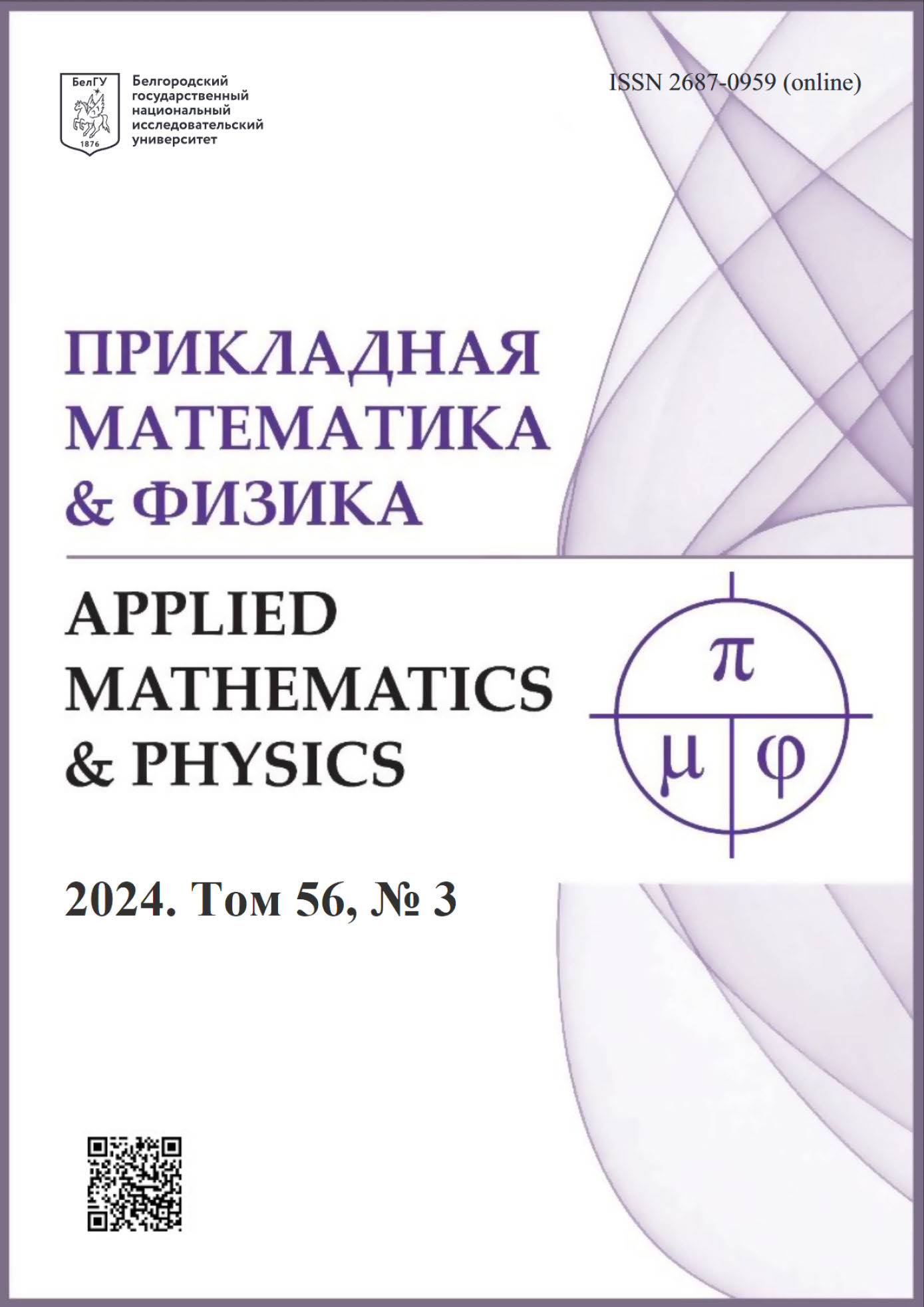Temporal method of presenting the fundamentals of classical thermodynamics
DOI:
https://doi.org/10.52575/2687-0959-2024-56-3-208-217Keywords:
Thermodynamics, Fundamentals of Theory, Presentation Systems, Temporal MethodAbstract
Thermodynamics has a universal theory with great potential for the development of science. This article proposes a new system of presenting the laws of classical thermodynamics using temporal representations of thermodynamic processes, which allows to introduce time into basic laws and ratios of thermodynamics. The study shows the analysis of thermodynamics representation systems. We formulate thermodynamics methodology based on temporal approach. The principle of the existence of entropy and the equation of energy conservation are justified by methods of statistical modeling and differential geometry. We use the principle of equal possibility of thermodynamic states and processes for modeling the statics and dynamics of the perfect gas. So it is possible to apply the Monte Carlo method for the forming of states and for the estimation of their posterior probabilities. For real gases the principle of equal probability of states does not hold, therefore at statistical modeling it is necessary to take into account the laws of distribution of variables that will be associated with the empirical state equations - the Van der Waals equation, the virial equation, etc. The study presents the new temporal ratios which are important for the development of the theory, such as connection between time and entropy, correlation between entropy and process length, etc. Here we discuss the directions of research related to the disclosure of the physical and mathematical meanings of entropy.
Downloads
References
Гухман А.А. Об основаниях термодинамики. М.: Энергоатомиздат; 1986. 383 с.
Вейник А.И. Термодинамика реальных процессов. Минск: Навука i тэхнiка; 1991. 576 с.
Венгеров И.Р. Хроноартефакты термодинамики. Донецк: Норд-пресс; 2005. 235 с.
Эткин В.А. Ахилесова пята термодинамики. Проблемы науки. 2018; №10(34): 5–18.
Falk G. und Jung H. Axiomatik der Thermodynamik. Handbuch der Physik. 1959; III(2): 119–175.
Аверин Г.В. Системодинамика: теория и приложения. Изд. 2-е перераб. и доп. Донецк: ООО «НПП «Фолиант»; 2022. 535 с.
Путилов К.А. Термодинамика. М.: Наука; 1971. 375 с.
Борн М. Критические замечания по поводу традиционного изложения термодинамики. В кн.: Развитие современной физики. Пер. с нем. М.: Наука; 1964. 223–256.
Каратеодори К. Об основах термодинамики. В кн.: Развитие современной физики. Пер. с нем. М.: Наука; 1964. 188–222.
Pirkina O.E. Probability Theory and Mathematical Statistic for Applications in Data Analysis. Moscow. Prometey. 2023. 583 p.
Фихтенгольц Г.М. Курс дифференциального и интегрального исчисления. В 3-х т. СПб.: Лань; 2009.
Кошляков И.С. Уравнения в частных производных математической физики. М.: Высшая школа; 1970. 712 с.
Abstract views: 207
##submission.share##
Published
How to Cite
Issue
Section
Copyright (c) 2024 Applied Mathematics & Physics

This work is licensed under a Creative Commons Attribution 4.0 International License.





